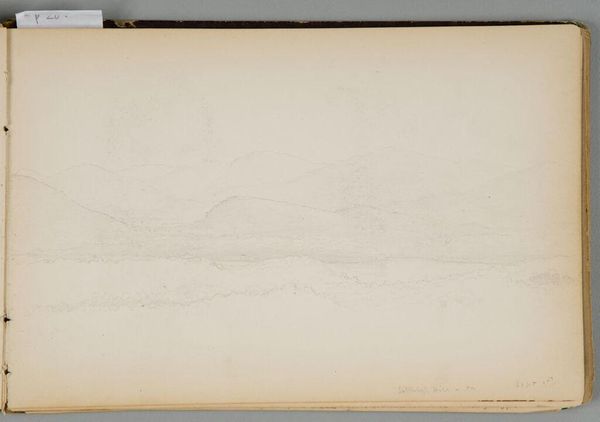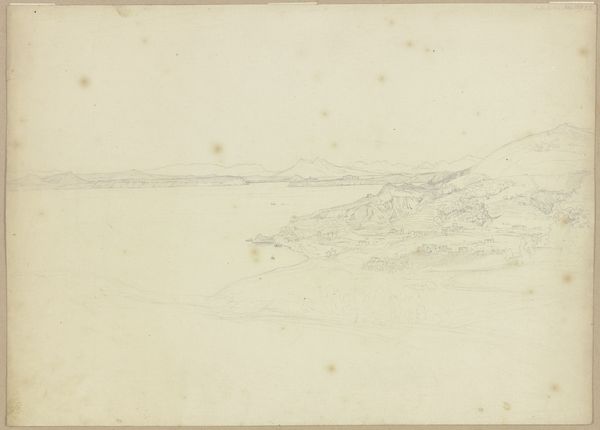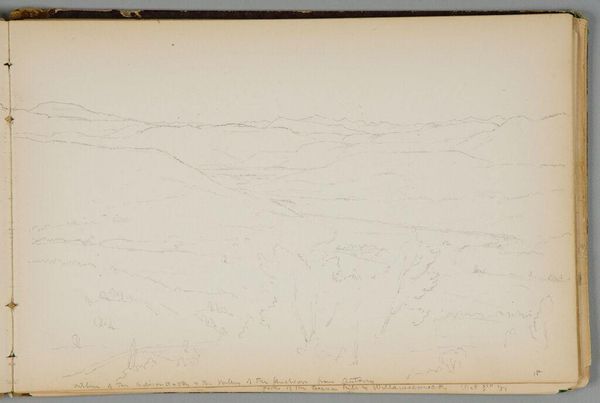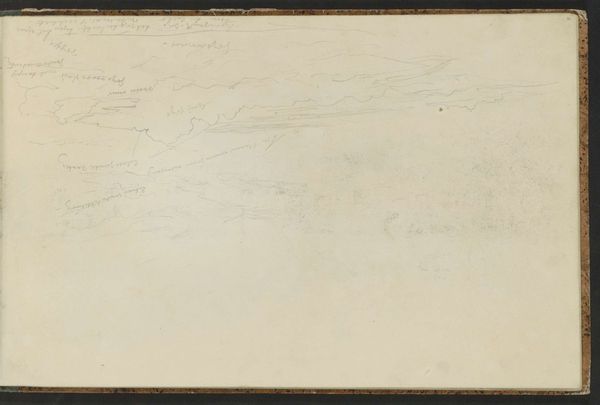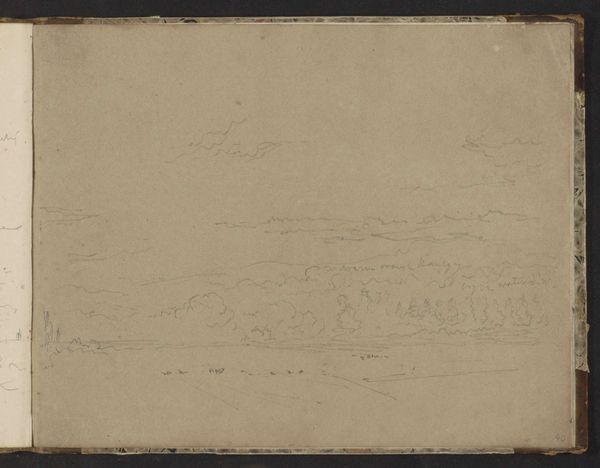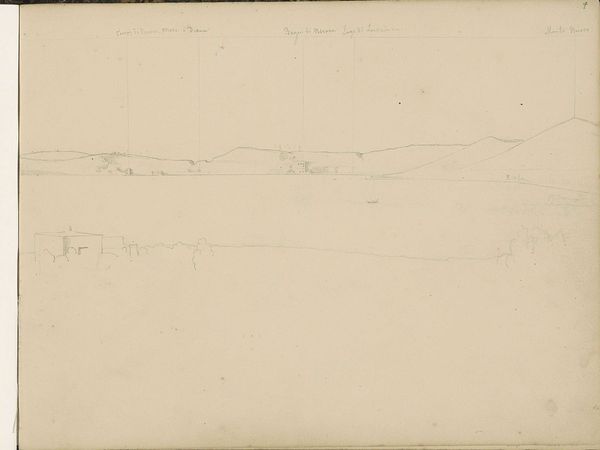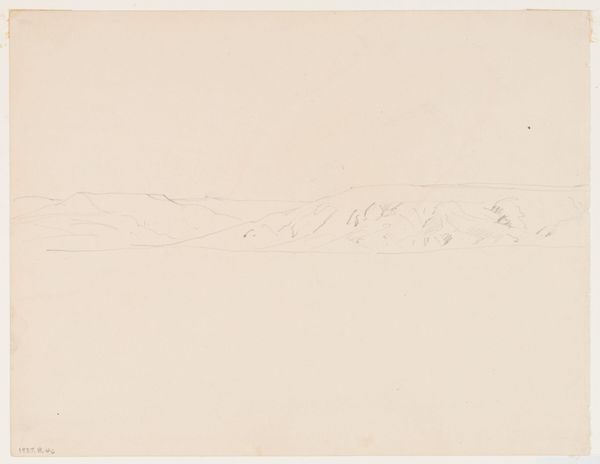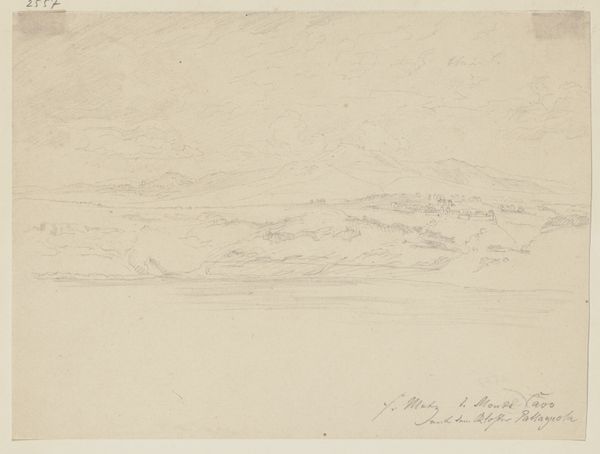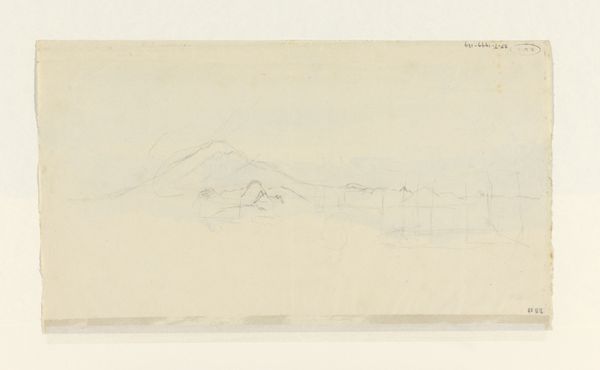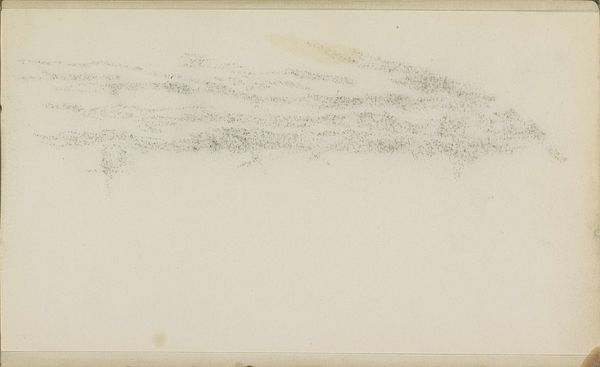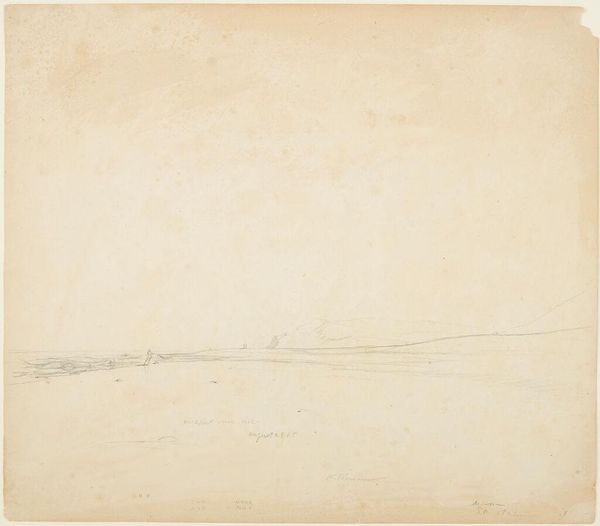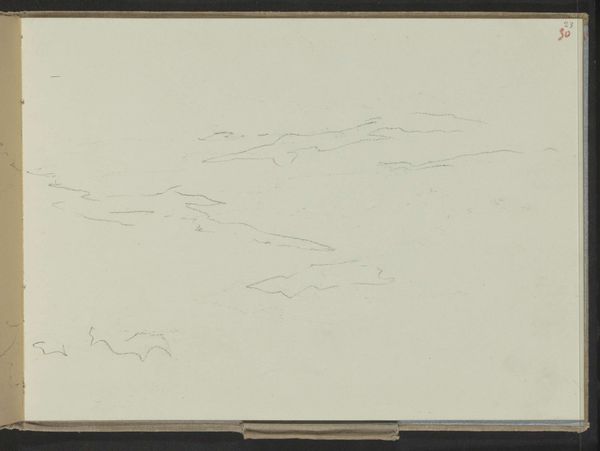
Copyright: Rijks Museum: Open Domain
Johannes Tavenraat created this pencil drawing of a tree trunk, sometime in the mid-19th century in the Netherlands. The careful realism with which Tavenraat depicts the fallen tree can be understood in the context of the Dutch landscape tradition. From the 17th century onwards, Dutch artists were committed to the depiction of their surrounding environment, often in great detail. Think of Jacob van Ruisdael’s paintings of windmills, fields, and harbors. Tavenraat’s sketch is part of this longer tradition of empirical observation and the naturalistic depiction of the everyday world. At the same time, it is important to note the institutional role of drawing in the 19th century. The skills of observation and representation were taught in academic institutions, and drawings such as this one would have been part of an artist’s broader training. By researching the artist’s biography and the curriculum of art schools at the time, we can better understand this drawing as a product of its time.
Comments
No comments
Be the first to comment and join the conversation on the ultimate creative platform.
